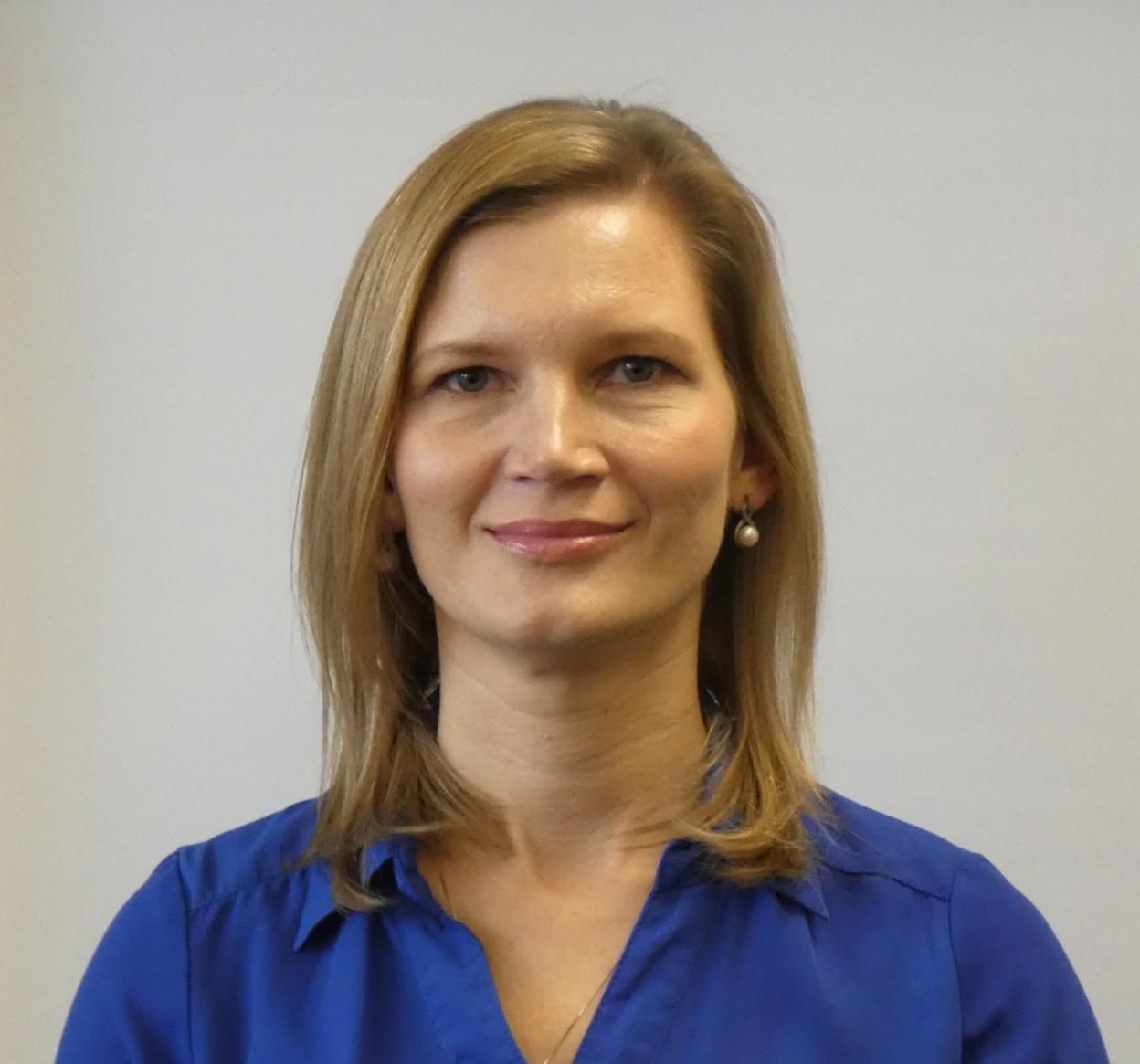How a Strategic Change to Online Booking Cut Call Center Costs and Improved Patient Experience for My Health Onsite
Patients expect booking an appointment to be as seamless, but too often it breaks down at the worst moment—when a patient realizes the provider they selected can’t help them. My Health Onsite addressed this challenge AND cut their call center costs at the same time. Here’s how.

Patients expect booking an appointment to be seamless, but too often it breaks down at the worst moment—when a patient realizes the provider they selected can’t help them. My Health Onsite addressed this challenge AND cut their call center costs at the same time. Here’s how.
Getting Online Appointment Booking Right
There is much more to online appointment booking than just opening a schedule to the provider’s website. There are workflow changes that need to be made, provider directories to update, and getting buy-in from clinicians. It isn’t easy and when done incorrectly, it can lead to significant calls to the call center.
My Health Onsite, manages 55 onsite health and wellness centers that provide care to public sector employees in the state of Florida – which have uniquely complex appointment booking requirements since these employees need to be matched to specific centers. My Health Onsite implemented healow Open Access to streamline online appointment booking. In just a year they went from 100% of appointments book through their call center to 20% (with 80% being done online).
Healthcare IT Today sat down with Jason Tomlinson, Vice President of Operations and Jason White, EMR & Data Technology SME at My Health Onsite to find out more.
Key Takeaways
- Online scheduling must match provider capabilities. My Health Onsite’s reason-for-visit–based booking eliminates mismatches by only showing patients providers who can deliver the care they’re seeking.
- Self-scheduling can reduce call center costs—fast. Automating 80% of appointment bookings in under a year led to significantly lower call volumes and operational savings, freeing up resources across the board.
- Test before launch, but move quickly. Internal pilots and patient walkthroughs helped iron out issues early, but the biggest advice from both leaders: don’t overthink it—just do it.
Match Scheduling to Provider Capabilities
One of the most common friction points in digital scheduling is the disconnect between what a patient needs and what a provider offers. Instead of showing a full list of providers and forcing patients to guess, a “reason-for-visit” based system flips the logic: patients select what they need—like a wellness exam or a medication refill—and the system only surfaces providers qualified to deliver that service.
“Now that we are reason-for-visit based, patients put in what they want to have done. Then it automatically assigns them to certain providers.” explained White. This is achieved through the tight integration between My Clinic Onsite’s EHR platform, eClinicalWorks, and healow.
This has been a clear win for My Health Onsite. It has reduced misbooked appointments, eliminated staff rework, and delivered a smoother experience for their patients – all without adding burden to providers or schedulers.
Reduced Call Center Costs
Automating self-scheduling not only improves access and patient experience, it also drives real operational savings.
“When we implemented healow Open Access, it revolutionized our staffing and the patient’s experience,” said Tomlinson. “We also saw our call center costs go down significantly.”
In just 12 months, My Health Onsite went from 100% of their appointments booked through their call center to just 20% with a corresponding 80% of appointments booked online by patients. They achieved this phenomenal result by ensuring buy-in from clinicians (to open up their calendars), investing in educating patients about booking online, and by quickly incorporating feedback from both.
Anyone with a call center that is still handling basic scheduling, may want to look at adopting an online-first approach for high-volume services like My Health Onsite did.
Test Before Launch—Then Move Quickly
My Health Onsite’s experience with healow Open Access, shows that tech rollouts do not have to be big headaches.
They used a simple, focused approach to launch online booking: internal testing, live patient trials, and clear education during open enrollment. They didn’t over-engineer it. Instead, they proved it worked, gathered feedback, and scaled fast. The result? High adoption with minimal resistance.
“Make sure you test it before you implement it,” said Tomlinson. “Then give yourself time and space to improve it.”
Better Access Doesn’t Have to Be Complicated
Aligning scheduling logic with provider capabilities, automating appointment workflows, and moving quickly with low-risk pilots aren’t radical ideas, but done well, they improve patient access and reduce staff friction.
“This has completely revolutionized the patient experience,” stated Tomlinson. “We would not be able to exist today without the Open Access product because we have grown our practice so significantly.”
For healthcare IT leaders, the My Health Onsite experience is a powerful example of how digital front door initiatives can deliver immediate ROI—not just in patient satisfaction scores, but in budget relief. If your call center is still fielding basic appointment requests, it’s time to ask: why?
Learn more about My Health Onsite at https://www.myhealthonsite.com/
Learn more about healow Open Access at https://plus.healow.com/patient-self-scheduling/
Listen and subscribe to the Healthcare IT Today Interviews Podcast to hear all the latest insights from experts in healthcare IT.
And for an exclusive look at our top stories, subscribe to our newsletter and YouTube.
Tell us what you think. Contact us here or on Twitter at @hcitoday. And if you’re interested in advertising with us, check out our various advertising packages and request our Media Kit.
eClinicalWorks is a proud sponsor of Healthcare Scene.





















































































































































